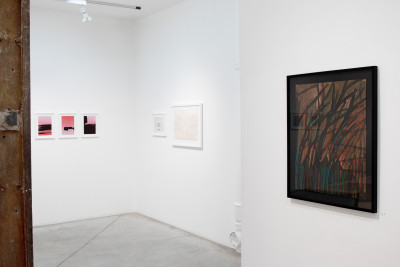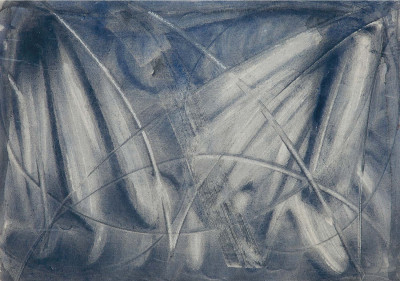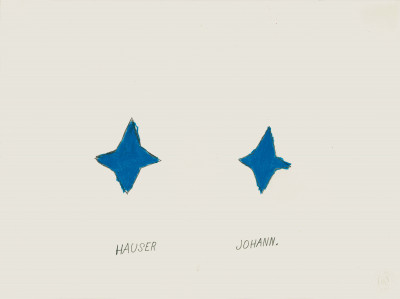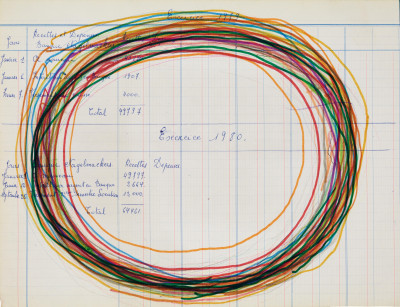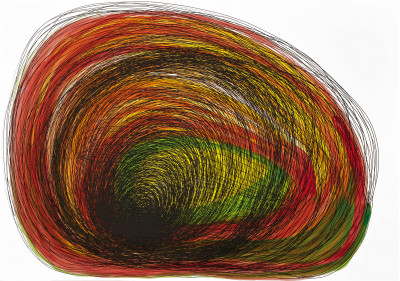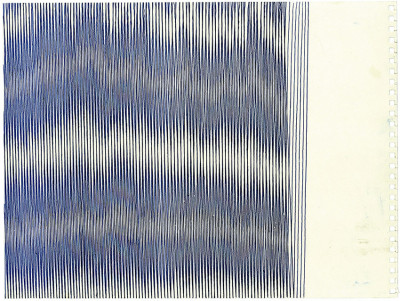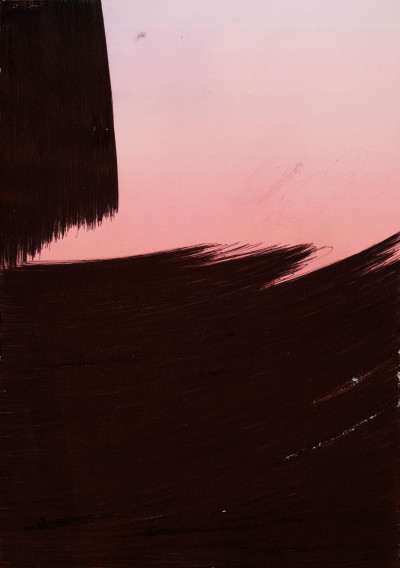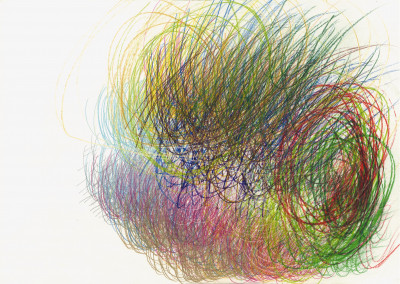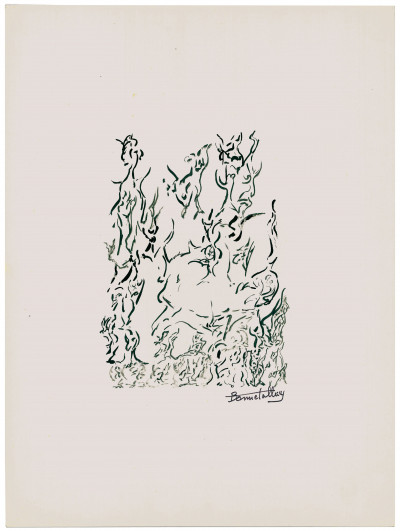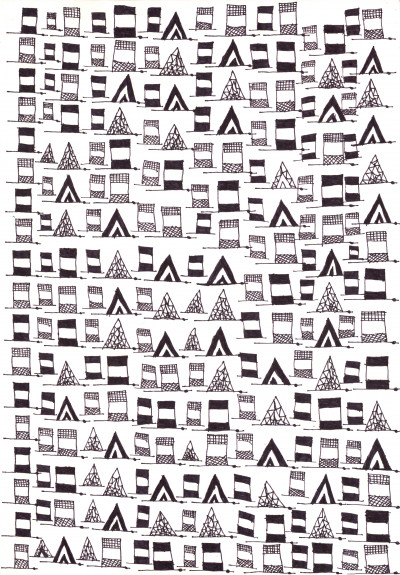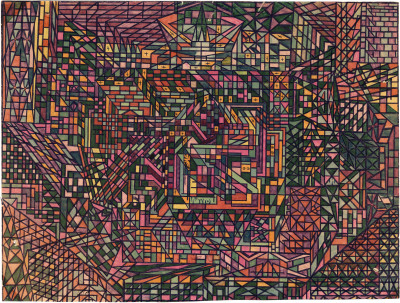in abstracto #2
Art brut and abstraction, far from any figuration
Until now, the notion of abstract art brut has been at best an oxymoron and at worst an antinomy. Now, if we are willing to look at the works, rather than blindly admit the exclusions on which Jean Dubuffet based his theory, we must face the facts: many works of art brut escape in many ways from the figuration in which we thought we could keep this field
locked up.
As early as 1922, psychiatrist Hans Prinzhorn preferred to the overly narrative works of his patients those that manifested a “purer” state, in that the gesture that gives rise to them would not be subject to the interference of cultural conditioning and artistic know-how. “The exhibition catalogue text by Raphaël Koenig emphasizes this.
Dubuffet, in forging his conception of Art Brut as opposed to the abstract art popular at the time - at most he accepted the seismographs of the spiritualists - certainly did not appreciate the extent to which non-figurative Art Brut considerably broadened his quest for essentiality.
In this second part of in abstracto - among nearly thirty artists - we will introduce for the first time the stunning undulating drawings of Julius Bockelt, the roundabout tracings of Séverine Hugo or the elliptical graphics of Alexandre Vigneron. To these will be added other remarkable nuggets, such as these “divine marks” by Frédéric Bruly-Bouabré, these Siamese blue stars by Johann Hauser, this hieratic composition by Vlasta Kodrikova or this magnetic assembly by the Philadelphia wireman.
Thus, abstract art brut, depending on the profound movement from which it proceeds, takes on the most diverse forms. So many expressions whose eloquence and intensity echo the Rimbaud of the Season in Hell: “I wrote silences, nights, I noted the inexpressible. I stared at dizziness”.
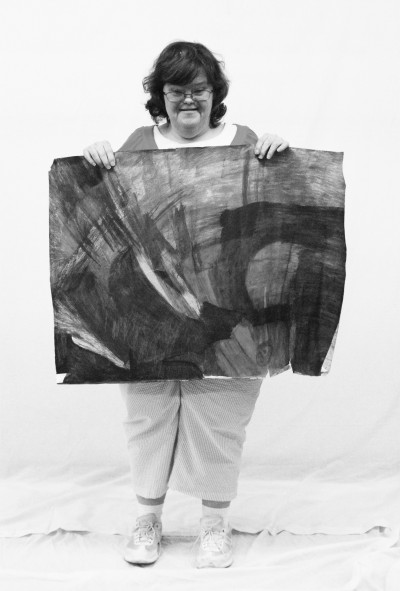
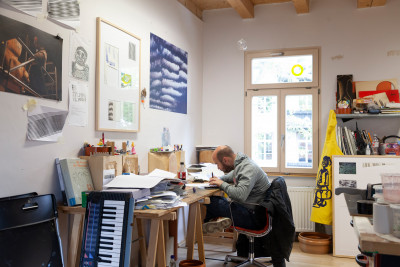
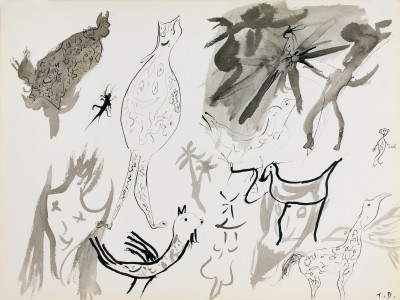
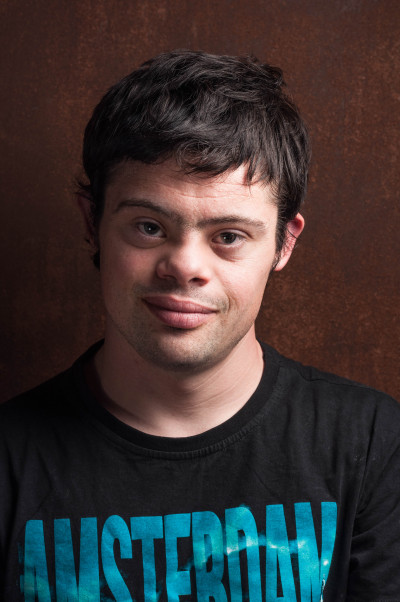

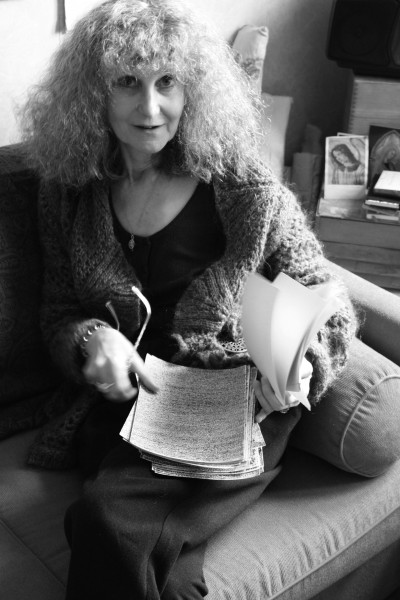
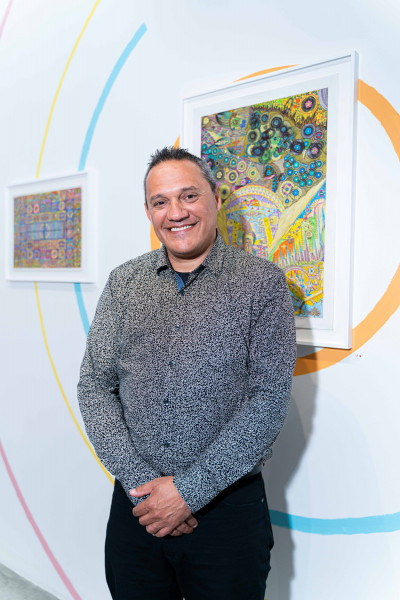
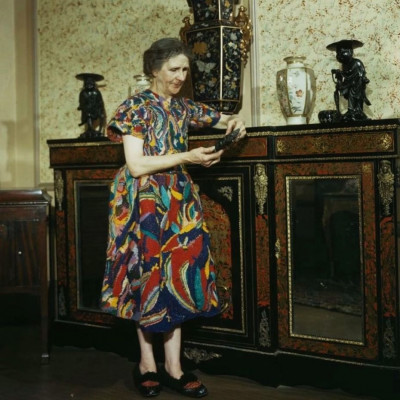
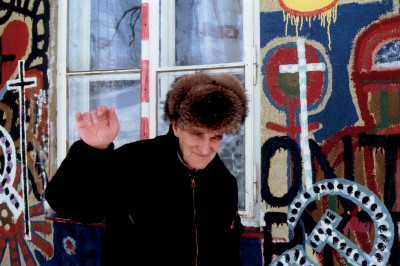
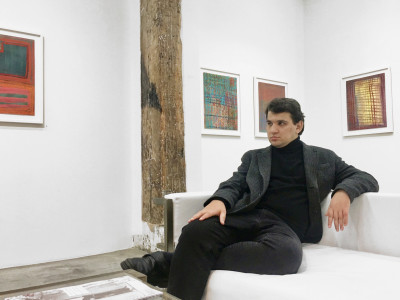
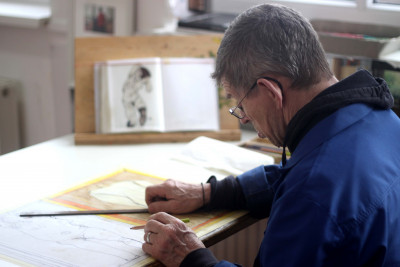
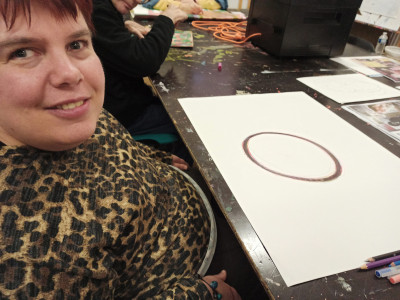
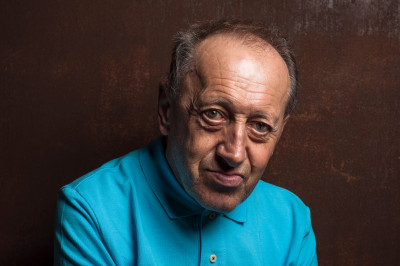
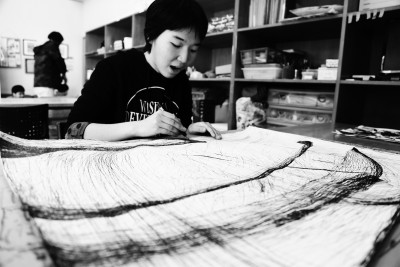
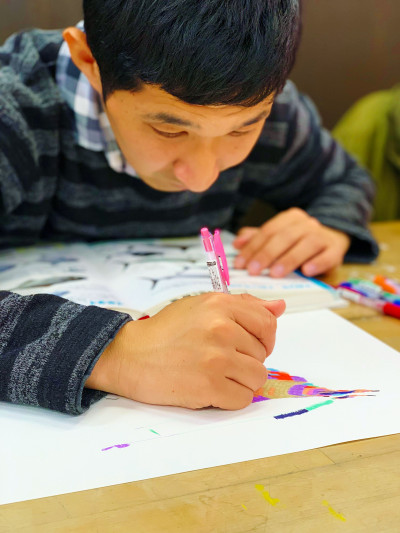
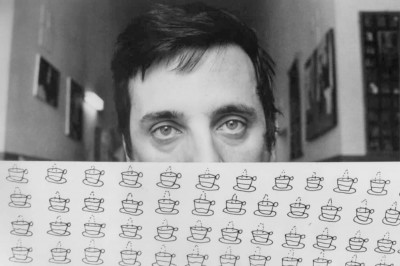
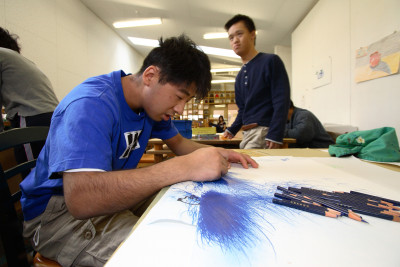
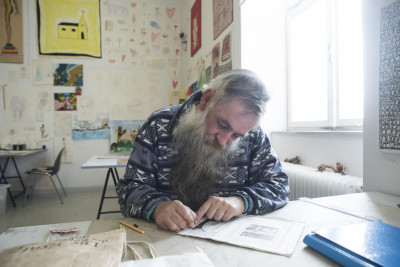
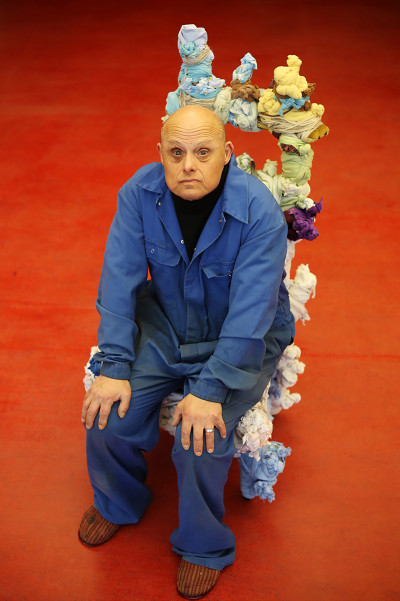
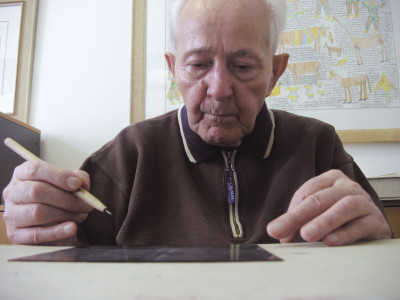

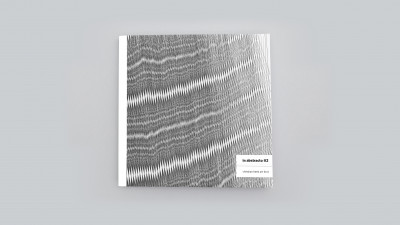
Preface : Raphaël Koenig.
Foreword : Christian Berst.
Catalog published to mark the exhibition In abstracto #2, from March 5th to May 30th, 2020.

